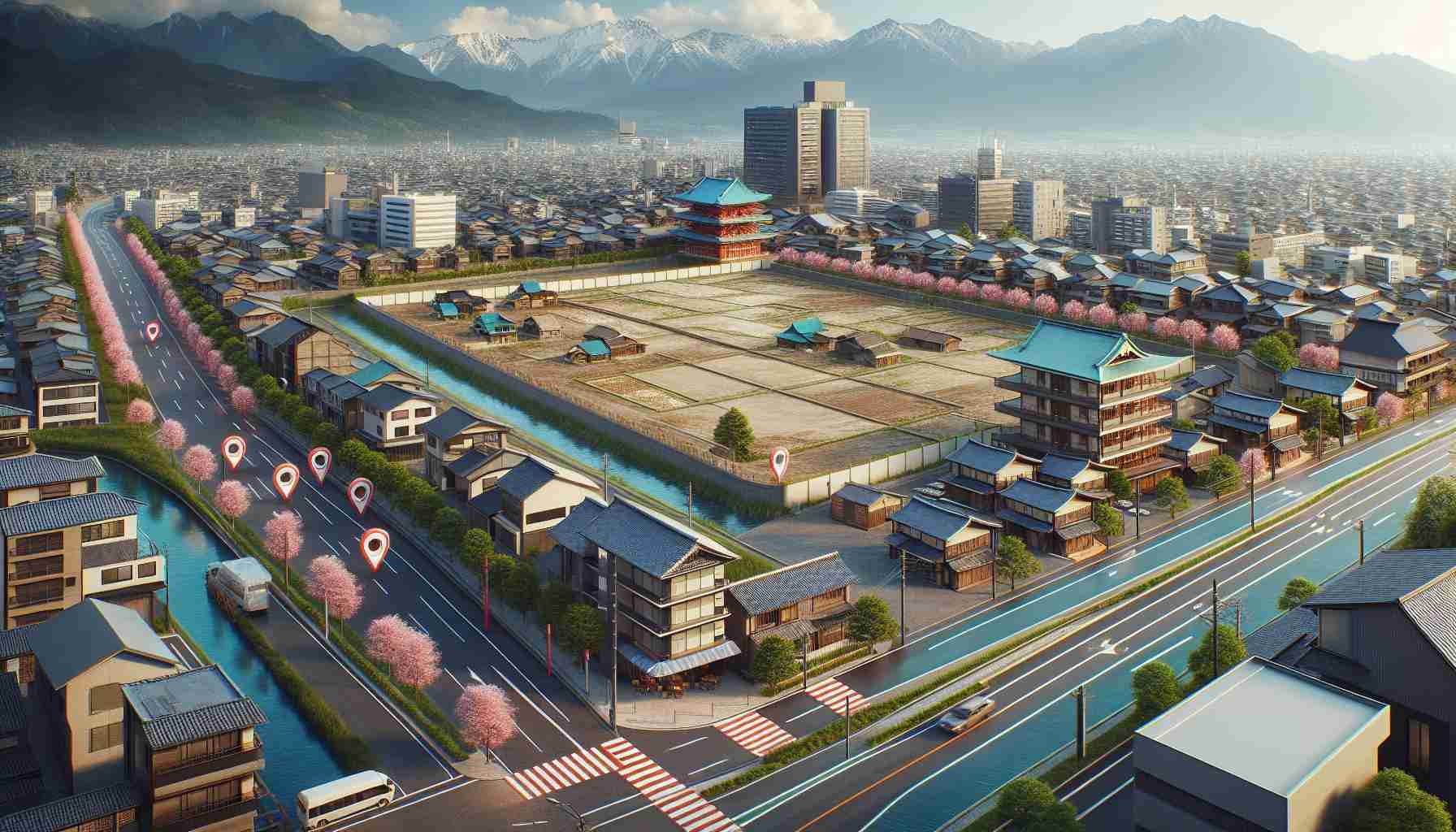Recent discussions highlight the possibility of a new high-density housing project on a prominent site close to San Jose’s vibrant Japantown. The location, spanning properties numbered 698, 692, 684, and 678 North First Street, has garnered attention due to its prime position in an area known for its cultural significance and community activities.
The proposed development aims to address the growing need for affordable housing in the region. With the city’s population steadily increasing, there is a pressing demand for more residential options that cater to diverse communities. Enhancing the housing landscape in this bustling area could significantly contribute to the local economy and support nearby businesses.
City officials have indicated that this project aligns with San Jose’s broader initiatives to promote sustainable living spaces. By focusing on high-density building designs, the city hopes to minimize urban sprawl while maximizing land use, creating convenient living arrangements that are close to public transportation and local amenities.
The vibrant culture of Japantown presents a unique opportunity for new residents to immerse themselves in community events and festivities, further enriching their living experience. As plans move forward, stakeholders emphasize the importance of maintaining the neighborhood’s distinctive character while embracing necessary developments to benefit the growing population.
This potential housing project marks a significant step towards shaping the future of San Jose, aiming for a balance between development and cultural preservation.
Essential Tips and Life Hacks for Embracing Urban Living
In the face of increasing urbanization, many individuals are looking for ways to adapt to high-density living arrangements, such as those proposed near San Jose’s Japantown. Here are some helpful tips, life hacks, and interesting facts that can enhance your experience in such environments.
Optimize Your Space
Maximizing small living spaces is crucial in high-density housing. Consider multifunctional furniture, such as sofa beds, wall-mounted desks, or storage ottomans. These items can save space while providing essential features for daily life. Using vertical space effectively with shelves can also help keep your living area organized.
Make Connections
One of the greatest advantages of urban living is the opportunity to connect with diverse communities. Attend local events, festivals, and workshops to meet new people and deepen your ties with the neighborhood. Engaging with your neighbors can foster a sense of community and belonging, which is particularly important in densely populated areas.
Utilize Public Transportation
With many urban dwellings designed to be close to public transit, take full advantage of the local transportation options available. Utilizing buses, trains, or bicycles can save money on parking and gas while reducing your carbon footprint. Familiarize yourself with the transit system to navigate your city more efficiently.
Sustainability Matters
As cities strive for sustainable living, residents can contribute to these initiatives by adopting eco-friendly practices. Implement simple changes like recycling, composting, and using energy-efficient appliances. Planting a small herb garden indoors can also add greenery to your space while providing fresh ingredients for your meals.
Create a Cozy Atmosphere
In a high-density environment, creating a personal oasis is key. Layering textiles, adding warm lighting, and incorporating plants can transform your small space into a warm and inviting home. Consider using aromatherapy or essential oils to enhance your living experience and improve your mood.
Interesting Fact:
Did you know that communities living in high-density housing often report greater levels of social interaction? This dynamic is especially present in culturally rich neighborhoods like Japantown, where events and activities foster a strong sense of community.
In summary, adapting to a high-density living situation can be a rewarding experience filled with opportunities for connection and sustainability. Engaging with your local community, optimizing your space, and adopting eco-friendly practices will not only enhance your living experience but also contribute positively to your new neighborhood.
For more insights and resources, check out San Jose’s official website.
